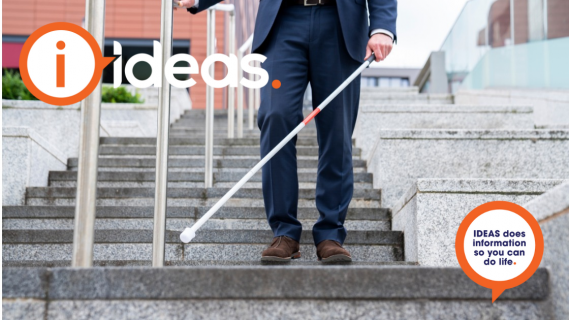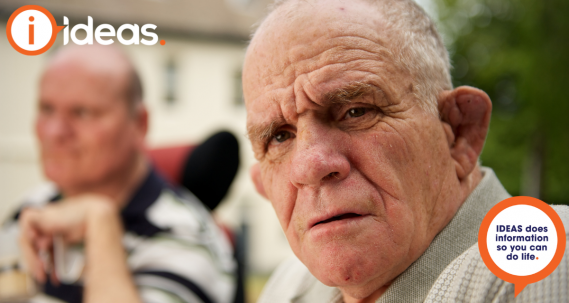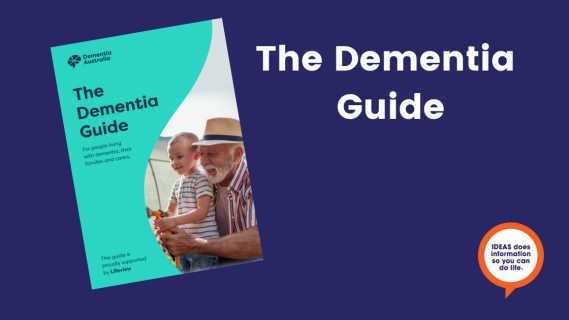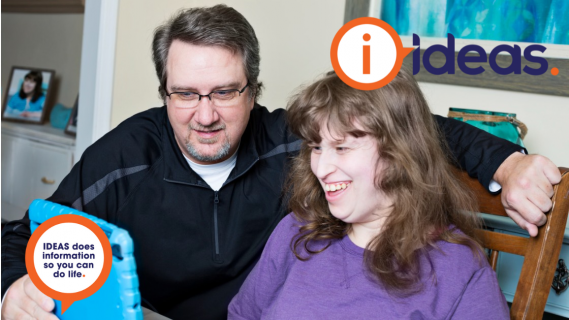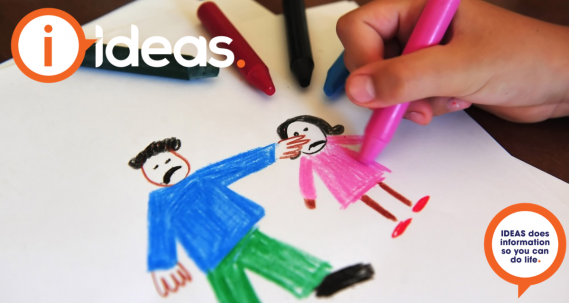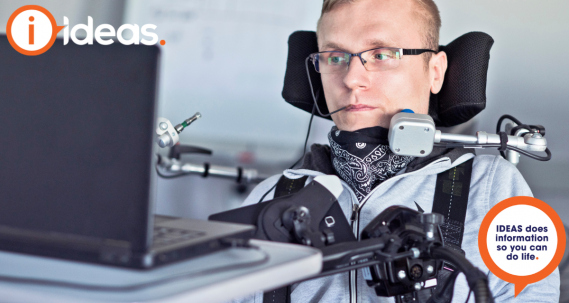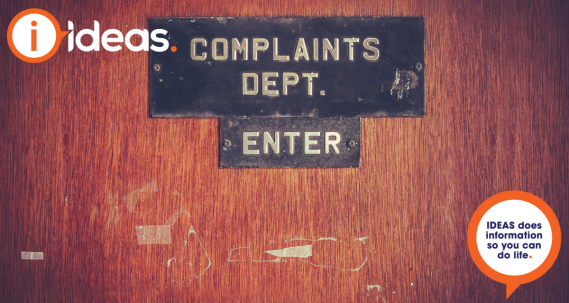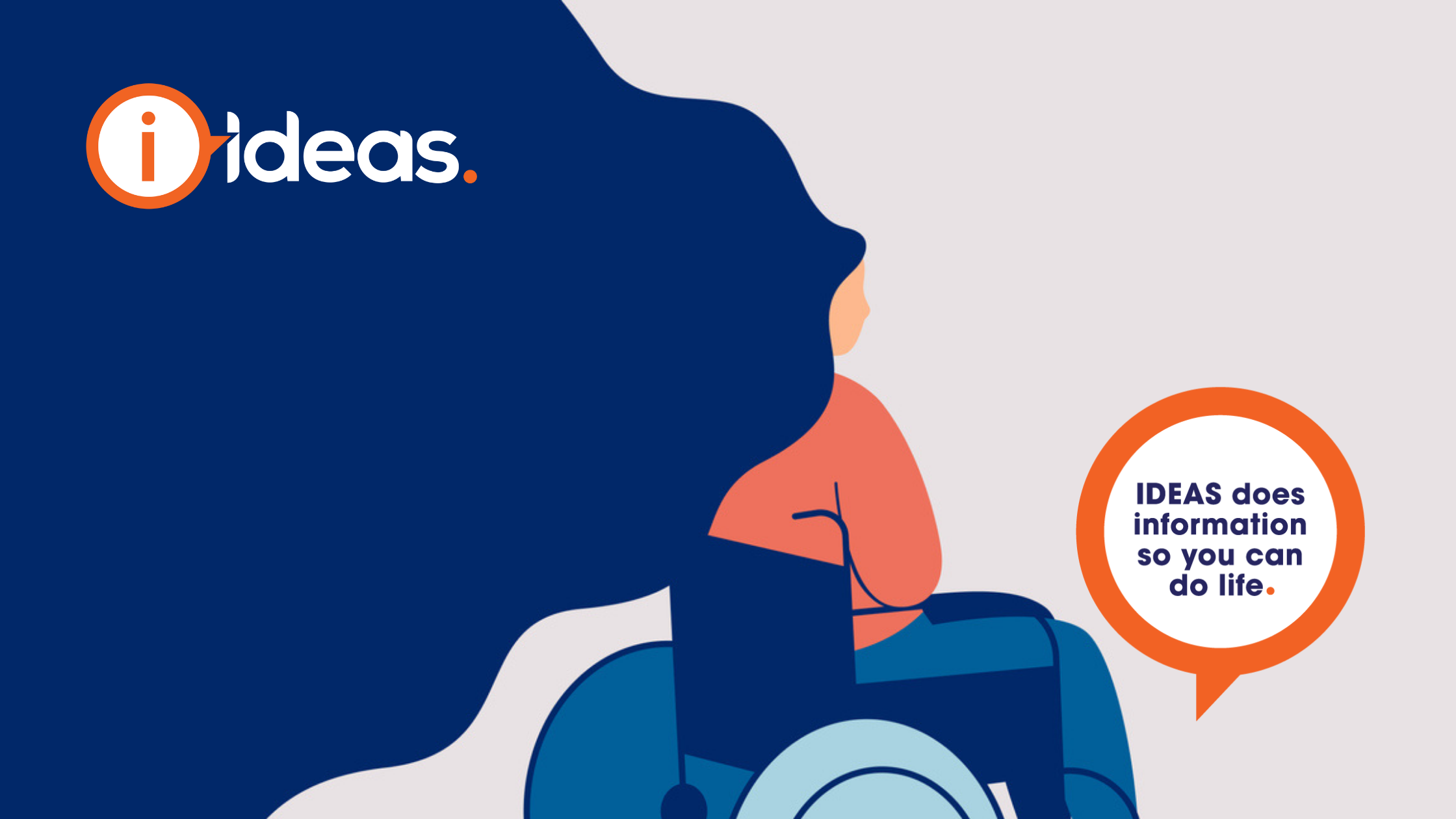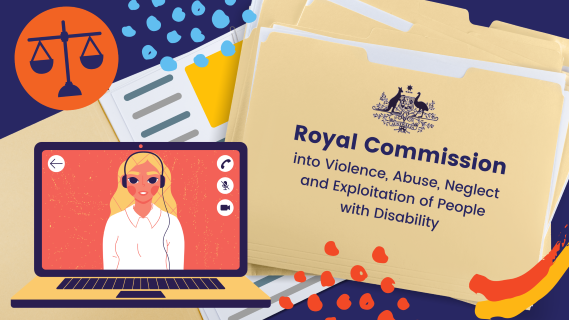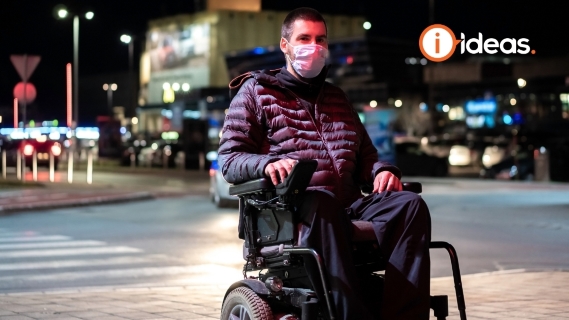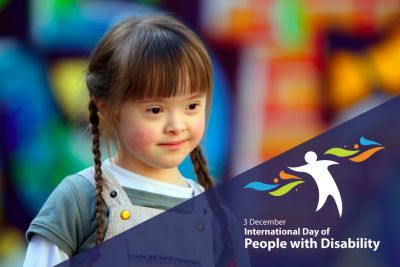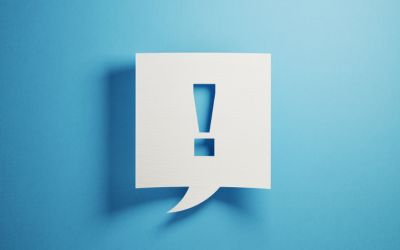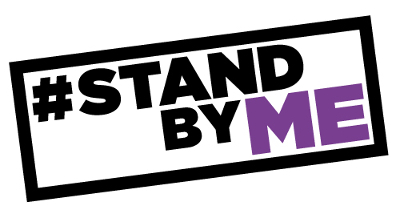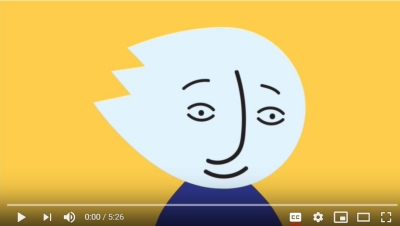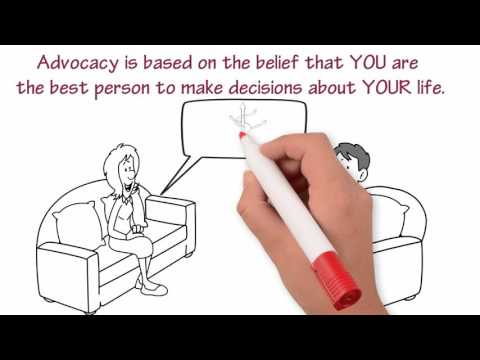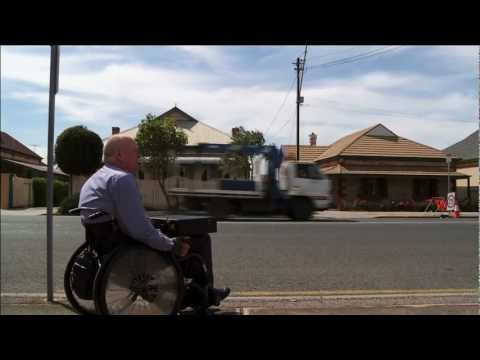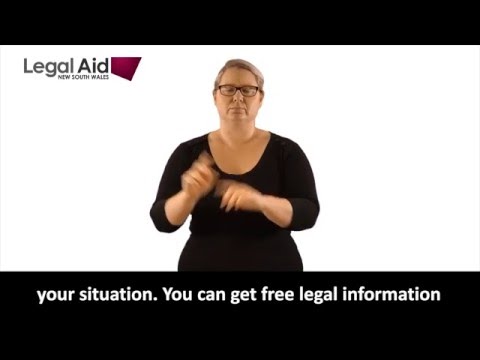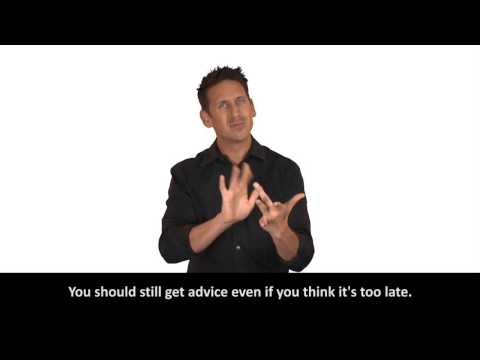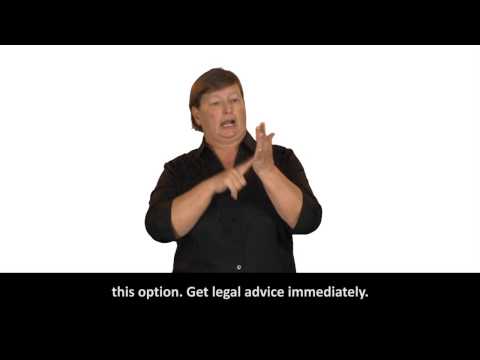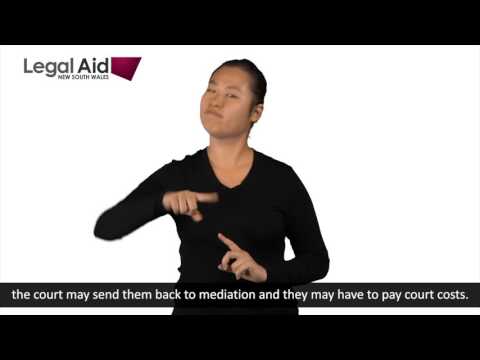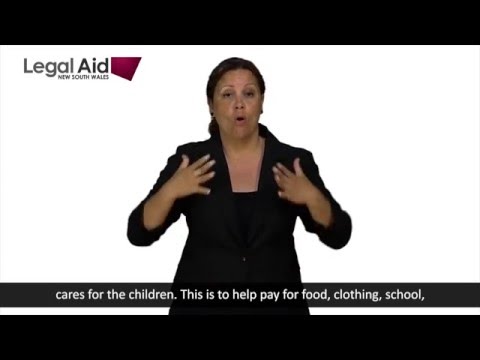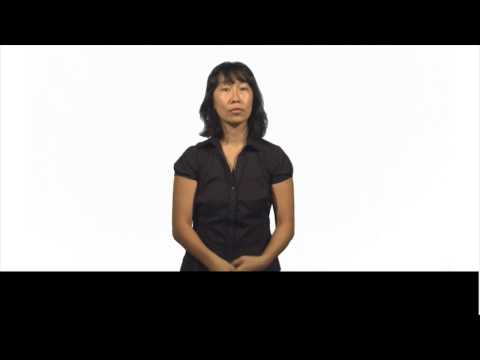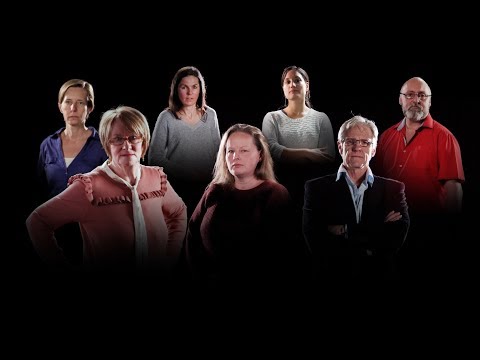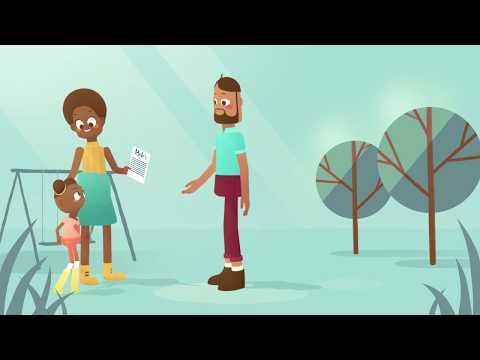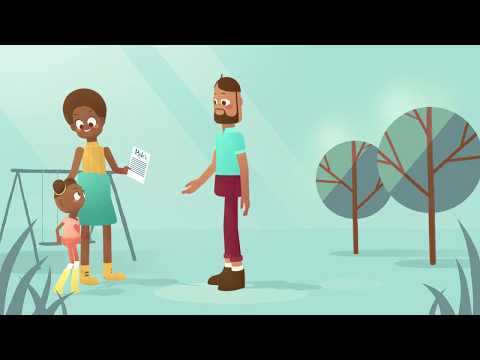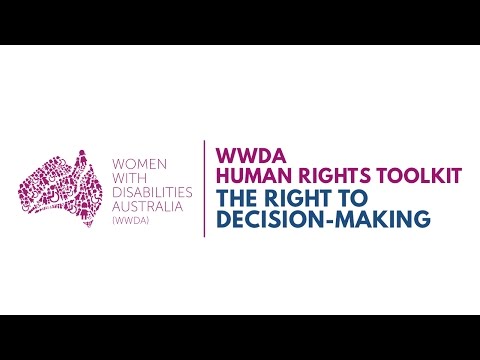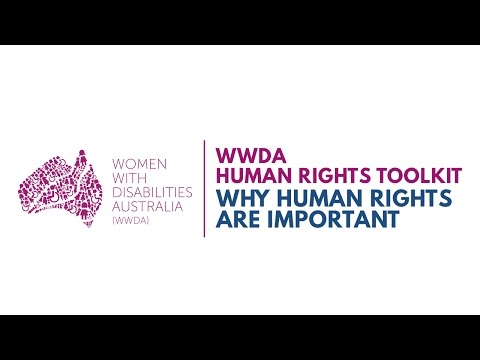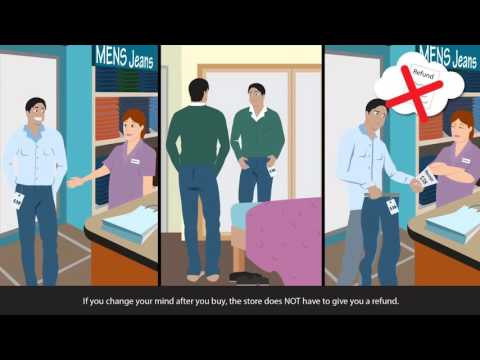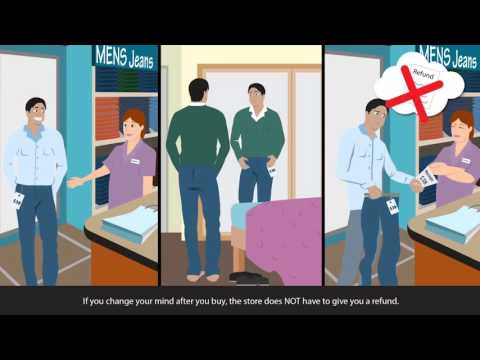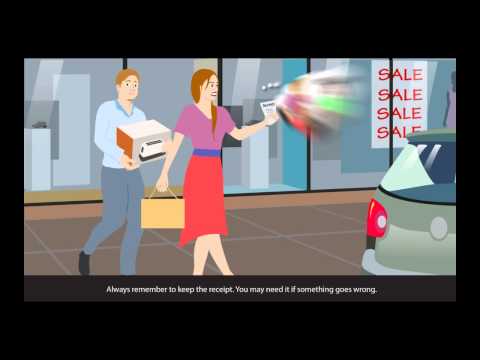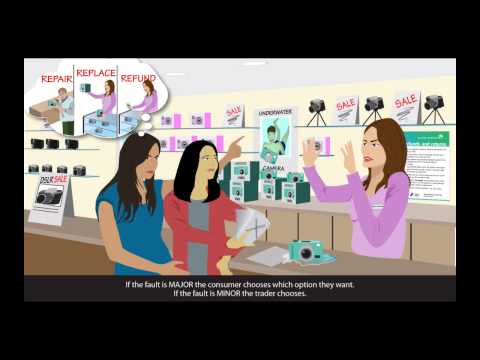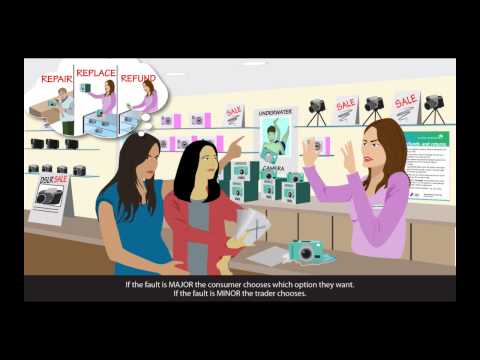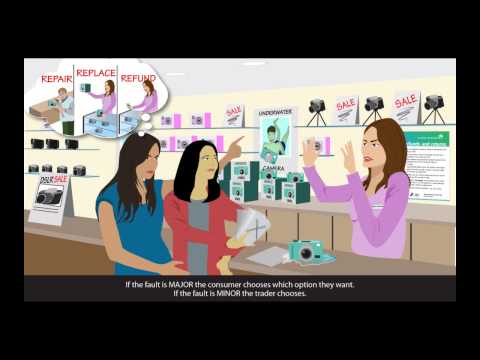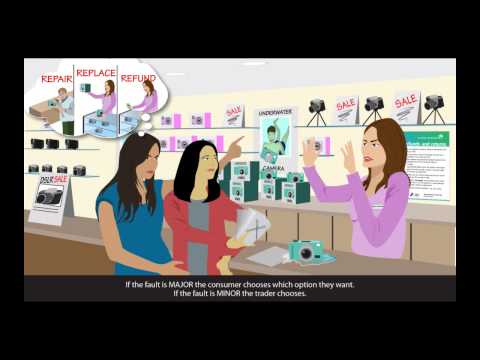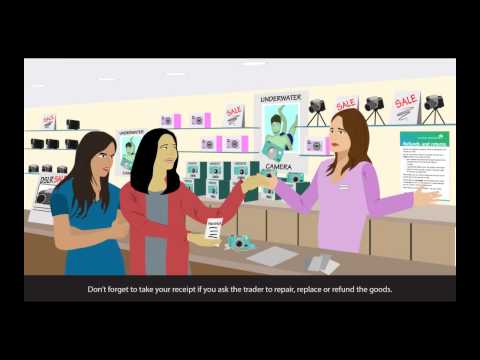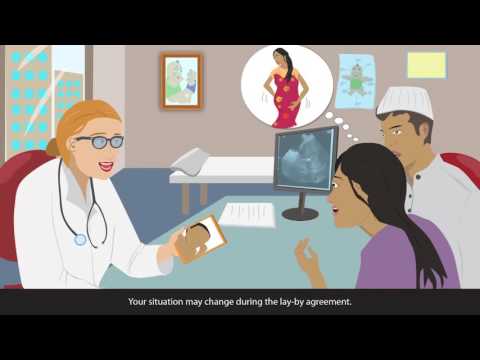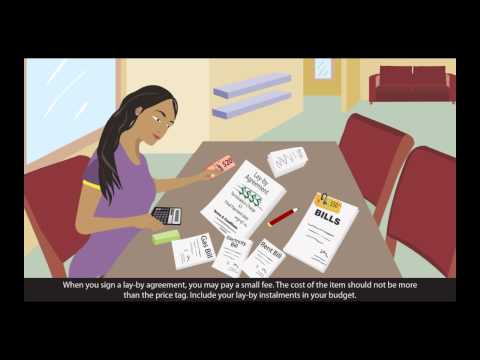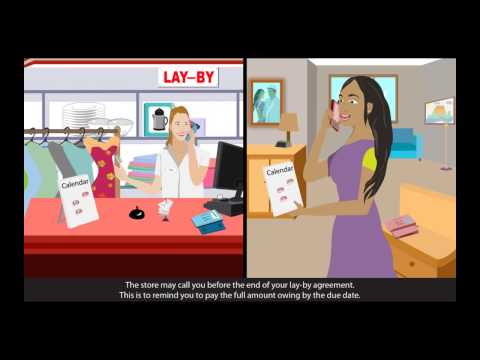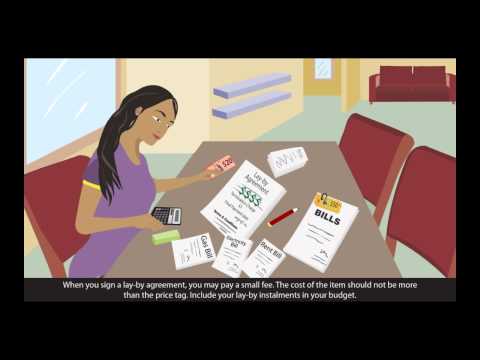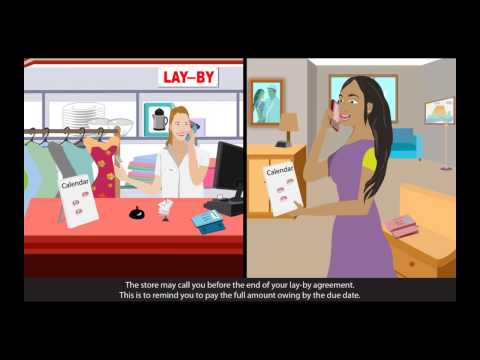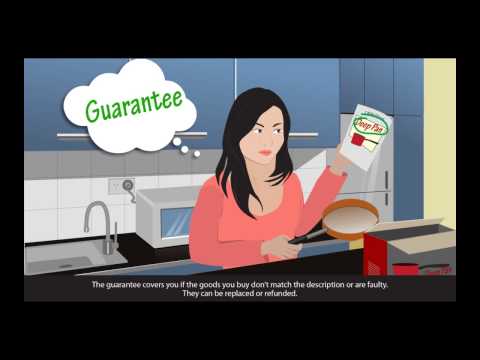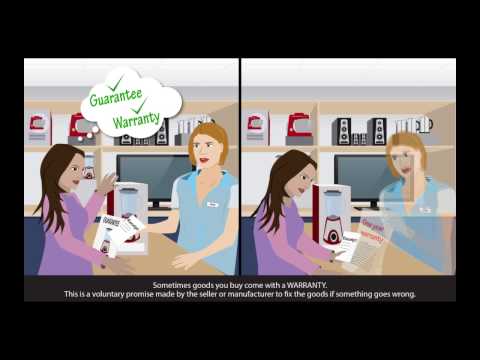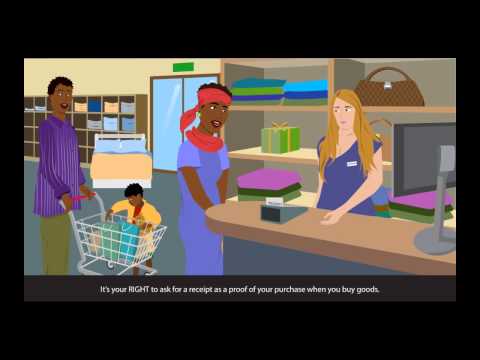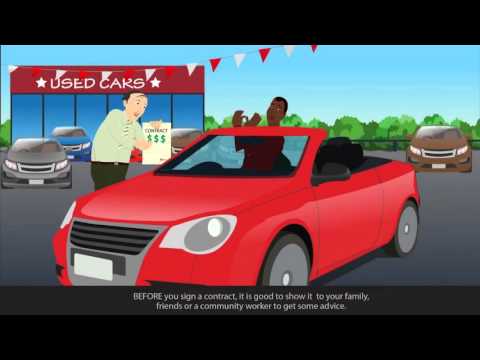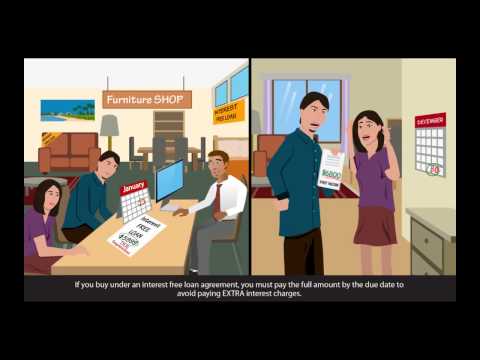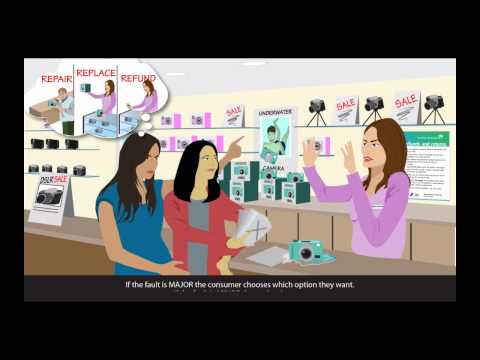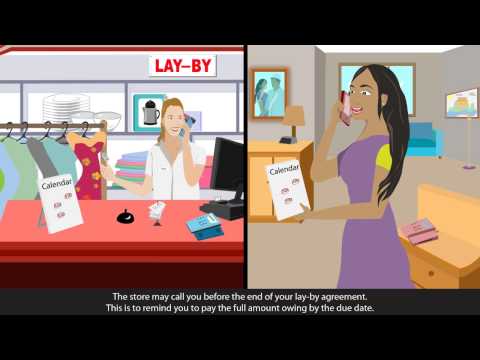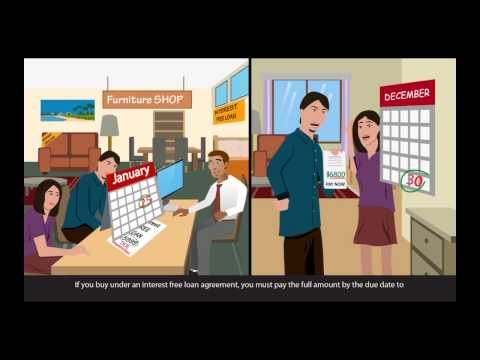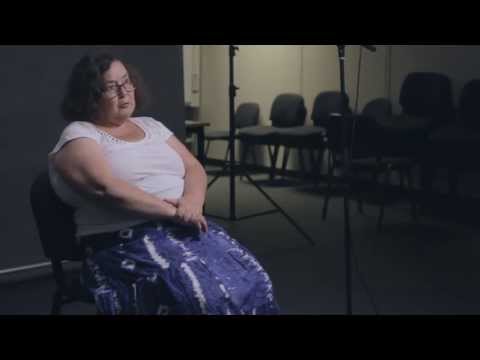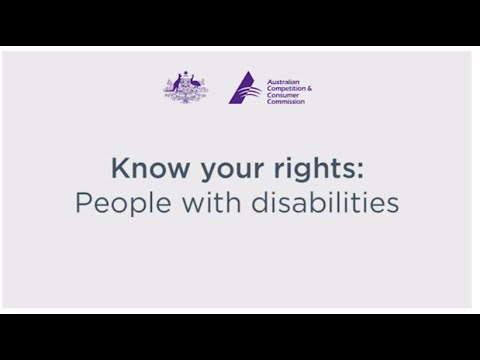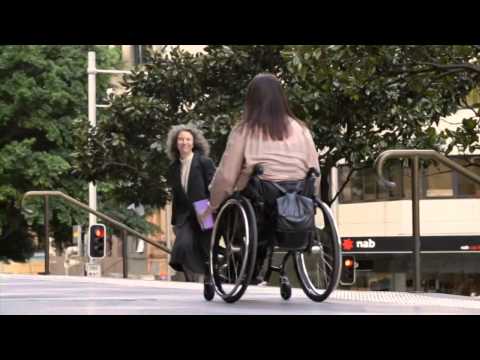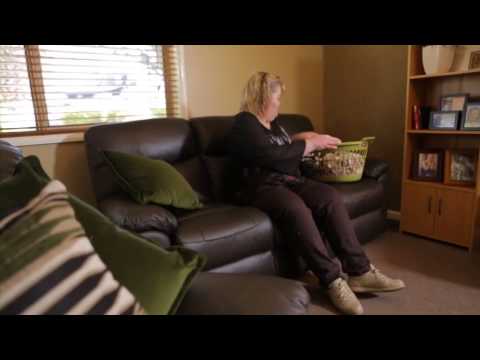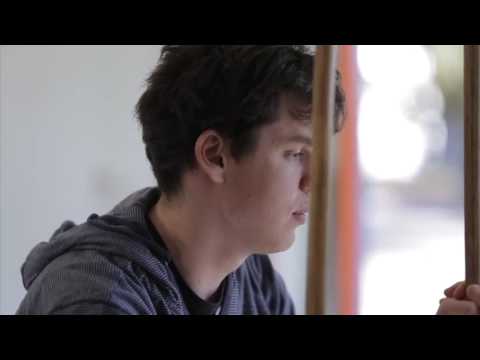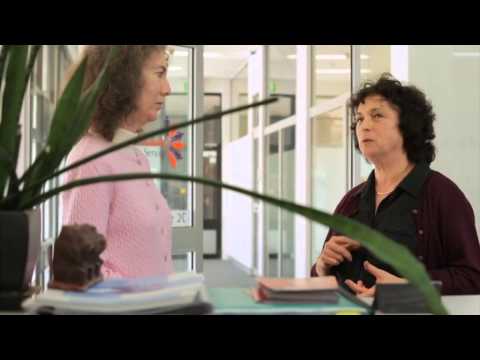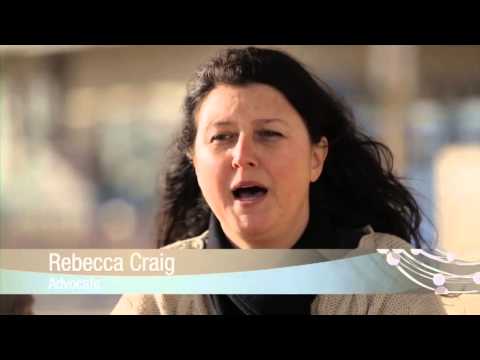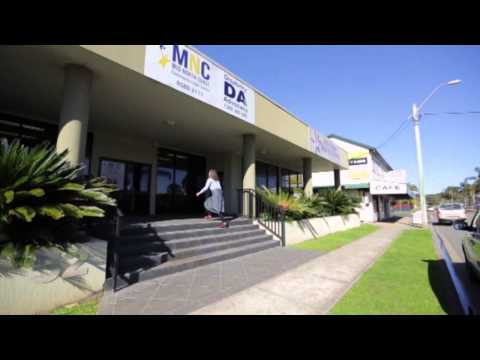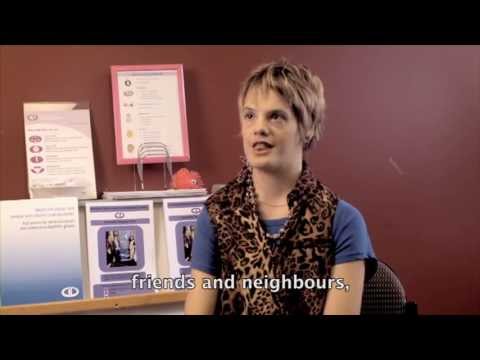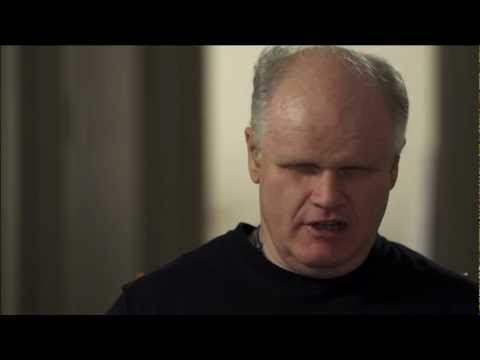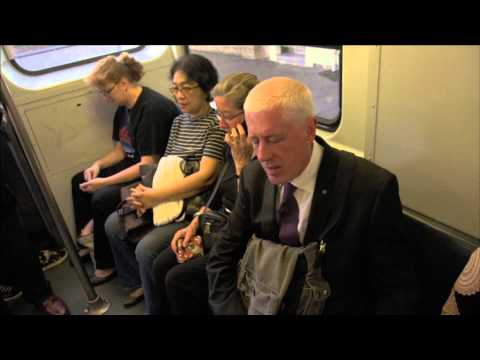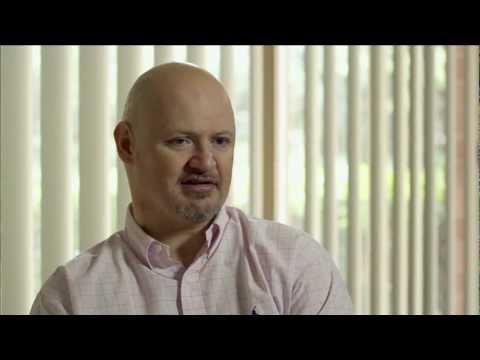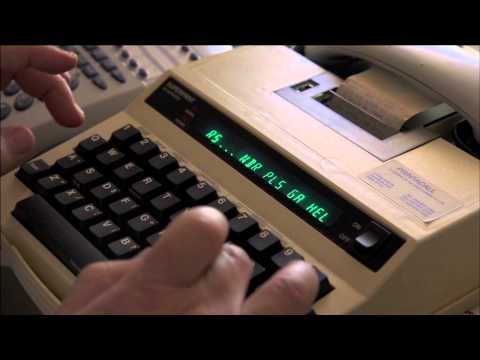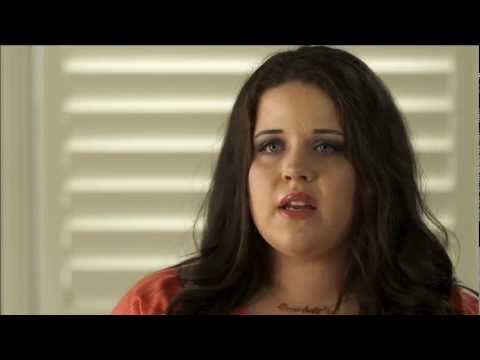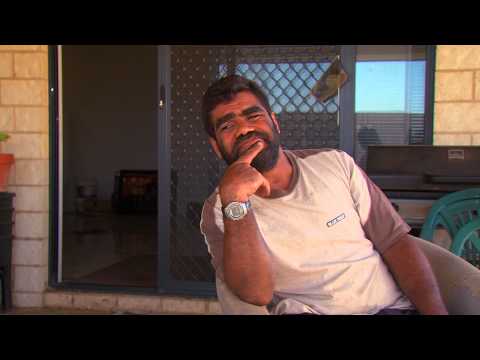Thursday, May 21, 2020, marks the ninth Global Accessibility Awareness Day (GAAD). GAAD aims to get everyone talking, thinking and learning about digital access/inclusion and people with different disabilities.
At IDEAS, we get that people with different abilities need information in accessible formats. It’s the main reason we exist. We provide people with information in a format that is usable and meaningful for them every day. People who are D/deaf or hard of hearing might need video content with closed captions. People with print disabilities, like people who are blind or have low vision, might need that same video content with audio descriptions or a text-based alternative. People with intellectual disabilities might need a document in Easy Read or Easy English format.
We know that 1 in 5 Australians has a disability and according to the GAAD, 1 billion people have a disability worldwide. That’s a lot of people. Why would you make content that a billion people can’t read, listen or access?
Digital accessibility and inclusion have never been more critical than right now, while people across the globe are self-isolating, working and studying from home because of the COVID-19 crisis. Here are three simple things you can do right now to make your online content more accessible and inclusive for people with disabilities.
1. Use high contrast, easy to read fonts.
This is by far and beyond the number one reason, web content fails to meet web accessibility guidelines. According to the WebAIM Million report, more than 85% of websites tested in February 2019 and February 2020 had low contrast text.
Using brightly coloured text to draw attention to headings or links makes sense from both a design and accessibility perspective, and it usually makes content easier to read, however, be mindful of the contrast between your text and the background. A light-coloured heading on a white background may be impossible to read for some people with low vision. This applies to written words in images as well. Make sure that even if a piece of text is over or in an image, that it is still easily discernible from the background image. Quite often, words will blend into an image or scene where contrast hasn't been carefully considered.
WebAIM provides an easy to use Contrast Checker, which will tell you in a flash if your contrast meets accessibility guidelines and have more detailed information on Contrast Colour and Accessibility here.
2. Provide alt-text or image descriptions.
The number two issue identified by the WebAIM Million report was missing alternative text for images. 66% of the million homepages sampled for the report were missing alternative text. Another 10% had images with alternative text that was questionable, pointless or repetitive.
Alternative text can be attached to images so that when a screen reader encounters an image, it reads out the text to the end-user rather than just skipping over it. If you are using text in images, say as a header or banner, then the end-user is missing out on that key information too.
Any information that is communicated visually is not accessible unless there is a text-based alternative. Using short and relevant descriptions can improve your accessibility and your search engine optimisation (SEO).
Images on social media are becoming more accessible too, and the ability for end-users to add alt-text is now available on most platforms (like Facebook, Twitter and Instagram). Where this function is not available, best practice is to provide an Image description at the bottom of your post.
Here is an example:
 Image caption: black and white image of hands typing on a laptop. A mug sits on the desk behind and reads "Keep Calm and Drink Coffee".
Image caption: black and white image of hands typing on a laptop. A mug sits on the desk behind and reads "Keep Calm and Drink Coffee".
Resources
Accessible ImagesAlternative TextImage Alt Text: What It Is, How to Write It, and Why It Matters to SEO3. Make sure audiovisual content has captions and audio descriptions.
Captions make audiovisual content accessible for people who are D/deaf or hard of hearing. Try watching a video or sitting in on a Zoom meeting with the sound off on your computer and you'll get an instant idea of what it is like to try to consume this kind of content with a hearing impairment. Podcasts, for example, are not accessible for people with hearing impairment unless there is a text-based transcript or other captioning option in place.
Audio descriptions make audiovisual content accessible for people who are blind or have low vision. Any information that is communicated visually in a video, including text, live-action and animation isn't available to people with these kinds of disabilities. Try watching a video with your screen off, so that you are only able to hear what is going on. Then watch it back again with the screen on and you will see how much information you missed the first time. Audio describers describe what can be seen on screen for people who cannot see it.
This video from MSFTEnable demonstrates how audio descriptions work. It is also captioned which makes it accessible to people with low or no hearing as well.
Many platforms, including YouTube and Zoom, have built-in auto-captioning but there are some simple ways you can improve captioning on your content. There are many captioning and audio-describing services available, one of which is Ai-media. Ai-media also has a great DIY Captioning Guide which can empower you to make your own content accessible, save time and money while doing so as well. If you don't have the time or resources though, professional captioning and audio-describing services are not as expensive as you might think and in the long run, will ensure your content is accessible to a wider audience.
In our busy and digitally integrated lives, we are consuming more content than ever. Even people who do not need these enhancements may benefit from their inclusion. You might want to watch a video while you are on your daily commute but forgot your headphones. No problem, switch on closed captions and keep the video muted and away you go. You can still access this content. Maybe someone spoke too softly, quickly or with a thick accent. Thankfully, there is a caption there to pick up missed words.
Resources
Why audio description is so easy now and why you should use itDIY Captioning Guide4 reasons to live caption your Zoom meetingWCAG 2.1 guidelines
For more information on how to make content accessible and inclusive, refer to the Web Content Accessibility Guidelines (WCAG) 2.1. WCAG 2.1 is the global standard for web accessibility and was developed by the W3C consortium in 2018. It is a technical document and would be useful for developers, web designers and content creators.


